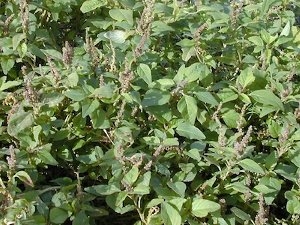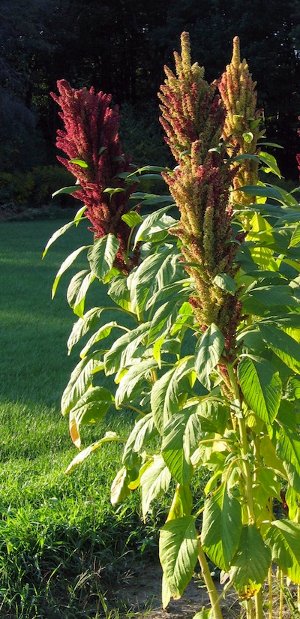
Features
Ethnocultural Vegetables in Canada Part II
Resource Guides
Amaranthus cruentus, Amaranthus blitum, Amaranthus dubius, Amaranthus tricolor
October 6, 2016 By Fruit & Vegetable

Most crop producers in Canada should be familiar with some form of amaranth, a close relation to pigweed. But people around the world – including those in India, Africa, South Asia, China, and some parts of Europe – also value the plant as a leafy vegetable.
A genus of herb also sometimes referred to as Chinese spinach, there are about 60 species of amaranth recognized around the world with foliage ranging from purple to gold.
Amaranth produces broad leaves with clover-like flowers. It grows well in warm weather and needs lots of light. The plants can grow up to four feet high and the leaves are typically ready for harvest about five to six weeks after planting.
 Because of the numerous varieties of amaranth available, interested producers should make sure they are purchasing the correct seed or transplants for their purposes. While amaranth can be used as a leafy vegetable, some varieties can also be used as grain crops (producing 40,000 to 60,000 seeds in a lifetime), garden ornamentals or are just plain old weeds. Make sure your purchasing the right variety and that it is certified.
Because of the numerous varieties of amaranth available, interested producers should make sure they are purchasing the correct seed or transplants for their purposes. While amaranth can be used as a leafy vegetable, some varieties can also be used as grain crops (producing 40,000 to 60,000 seeds in a lifetime), garden ornamentals or are just plain old weeds. Make sure your purchasing the right variety and that it is certified.
Typically, the leaves of edible amaranth are used in stir-fries or boiled in soups. The roots of mature amaranth can also be eaten – they are typically white and have a milky taste.
Print this page